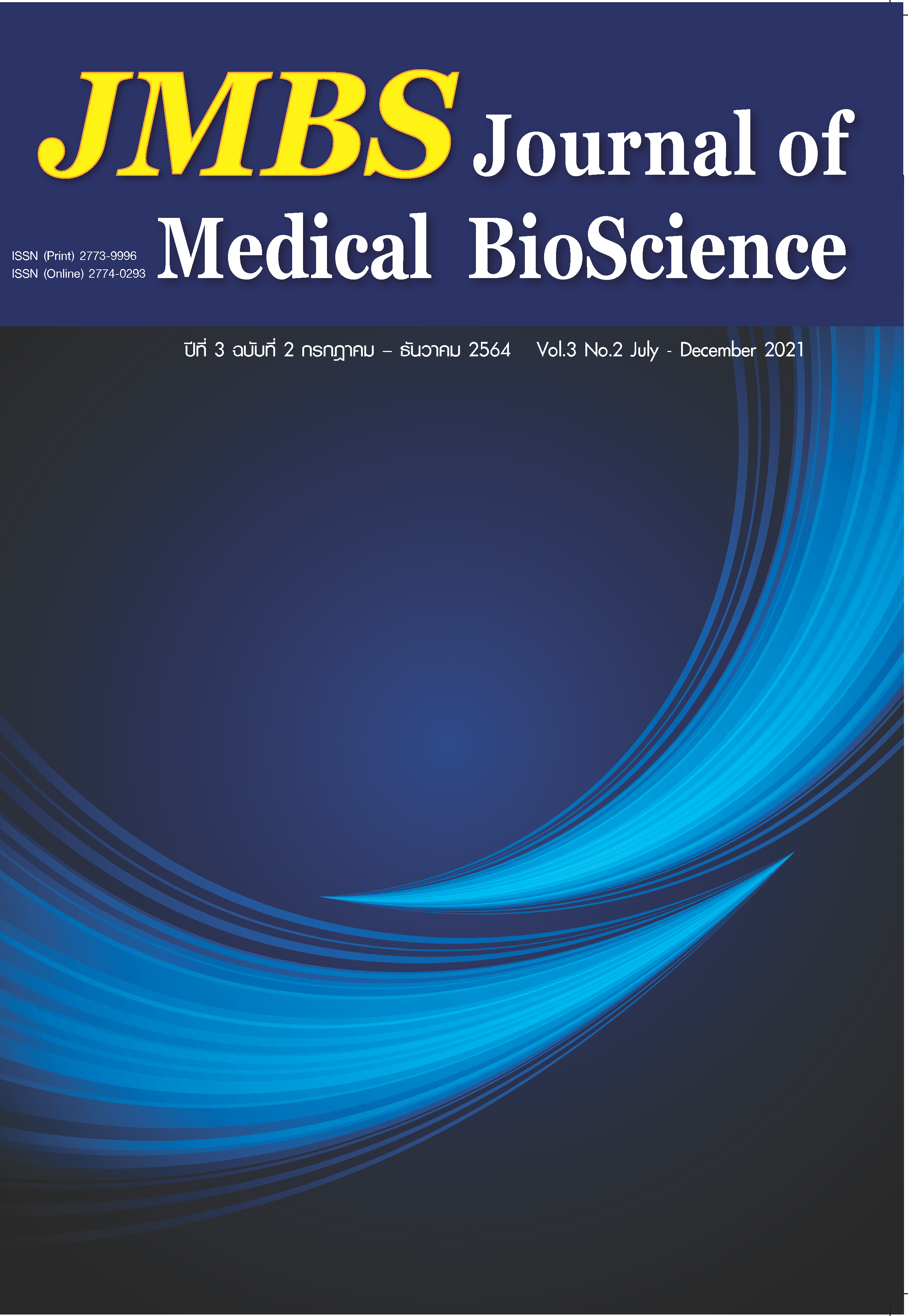Detection of antinuclear antibodies in laboratory
Keywords:
Antinuclear antibodies, autoantibodies, enzyme immunoassay, indirect immunofluorescence, multiplex immunoassayAbstract
Antinuclear antibodies (ANA) are autoantibodies against different components of nuclear structures that are important for serological diagnosis and monitoring of systemic autoimmune diseases (SAIDs), which include systemic lupus erythematosus (SLE), mixed connective tissue disease (MCTD), systemic sclerosis (SSC) and rheumatoid arthritis (RA), etc. There are two methods of ANA testing,
namely: 1) screening tests which are commonly used indirect immunofluorescence (IIF) on HEp-2 cell (human epithelial cell tumor line) that identifies the patterns of autoantibody against different cell structures, and enzyme immunoassay (EIA) which is a qualitative measurement; and 2) specific antibodies test; including EIA that can detect only one specific antibody or detect multiple antibodies
that are associate with the disease of interest, while multiplex immunoassay (MIA) can detect multiple antibodies at a time. To date, IIF is a gold standard screening test for ANA detection with a recent consensus nomenclature of HEp-2 IIF patterns by the International Consensus on ANA Patterns (ICAP) which is characterized by alphanumeric AC (Anti-cell) codes (AC 0-29). The relevant interpretation of HEp-2 IIF patterns depends on expert visualization, while EIA and MIA techniques can use automated machines with high sensitivity and specificity. In conclusion, this review focuses on updating the detection of ANA commonly used in laboratories that will be widely beneficial for medical personnel.





